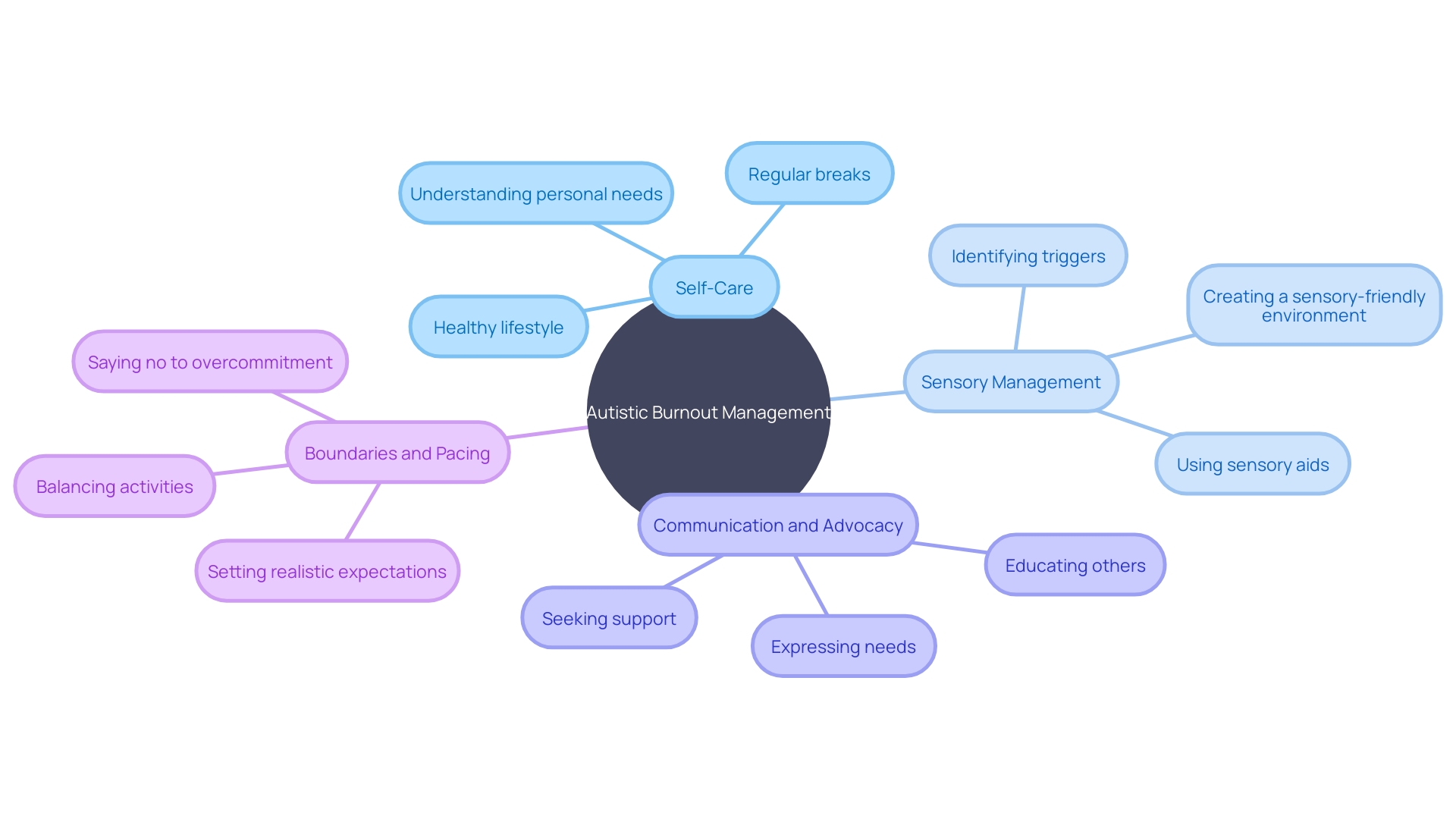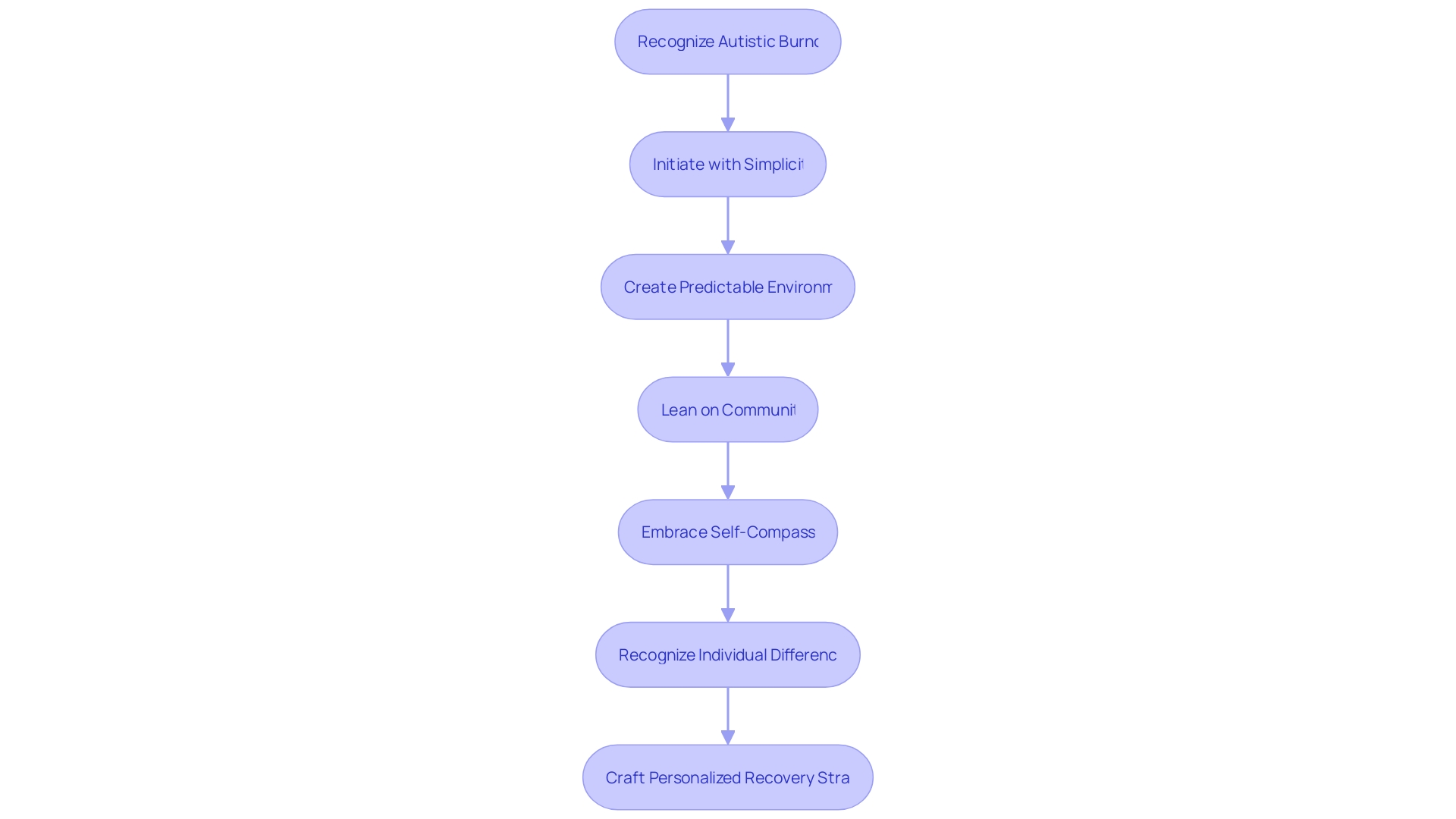Introduction
Autistic burnout is a state of mental, emotional, and physical exhaustion experienced by individuals on the autism spectrum. It is caused by prolonged exposure to overwhelming sensory and social stimuli, as well as the constant effort required to navigate a world that may not accommodate their needs.
In this article, we will explore the symptoms, causes, and triggers of autistic burnout, as well as strategies for managing and preventing it. We will also discuss the importance of self-knowledge and acceptance in navigating and managing autistic burnout. If you are a parent advocate looking for guidance and resources to support your child's well-being, this article is for you.
What is Autistic Burnout?
Autistic burnout is a phenomenon experienced by individuals on the autism spectrum that is characterized by a state of mental, emotional, and physical exhaustion. It occurs as a result of prolonged exposure to overwhelming sensory and social stimuli, as well as the constant effort required to navigate a world that may not be designed to accommodate their needs. Autistic burnout can manifest differently for each individual, but it often involves a significant decline in functioning and an increase in autistic traits and behaviors.
Symptoms of Autistic Burnout
Understanding the nuances of autistic burnout is essential for providing the right support. This state can manifest in a variety of ways, which may include pervasive fatigue, challenges with tasks requiring planning and organization, heightened sensitivity to stimuli, more pronounced emotional responses, and a struggle to adapt to new situations.
Individuals may also find socializing more taxing, notice a waning enthusiasm for hobbies, and lean more heavily on certain behaviors for comfort. Recognizing these signs is the first step toward fostering mental wellness and should be approached with compassion and awareness that everyone's experience is unique and requires a personalized approach to care.
Causes and Triggers of Autistic Burnout
Autistic burnout can be caused by a combination of factors, including:- Overstimulation: Exposure to overwhelming sensory stimuli, such as loud noises, bright lights, or crowded spaces, can contribute to burnout. - Masking and camouflaging: Many individuals on the autism spectrum engage in masking or camouflaging behaviors to fit in with neurotypical expectations. This constant effort to hide their true selves can be exhausting.
- Social demands: Navigating social interactions can be challenging for individuals on the autism spectrum, and the pressure to conform to social norms can lead to burnout. - Cognitive demands: Executive functioning tasks, such as planning, organizing, and decision-making, can be particularly taxing for individuals on the autism spectrum. Triggers for autistic burnout can vary from person to person, but some common triggers include major life changes, sensory overload, social stressors, and cumulative stress over time.
Managing and Preventing Autistic Burnout
Managing and preventing autistic burnout requires a proactive approach that focuses on self-care and understanding individual sensory needs. Here are some strategies to consider:- Self-care: Prioritize self-care activities that help regulate sensory input and reduce stress, such as practicing relaxation techniques, engaging in preferred activities, and getting enough restful sleep. - Sensory management: Identify and manage sensory triggers by creating a sensory-friendly environment, using sensory tools like headphones or sunglasses, and taking breaks when needed.
- Communication and advocacy: Develop effective communication skills to express sensory needs to others, and advocate for accommodations and support. - Boundaries and pacing: Learn to set boundaries and pace activities to prevent overwhelm and conserve energy. It's important to work closely with healthcare professionals, therapists, and support networks to develop an individualized plan for managing and preventing autistic burnout.

Creating a Recovery Plan
Embarking on the path to recovery after experiencing autistic burnout is a delicate process that requires patience and self-care. It's essential to recognize that while we all must tend to our mental well-being, the approach for those with a mental health condition may differ from general mental health maintenance. To rebuild your energy and return to your daily routine, consider these gentle strategies:
- Initiate with simplicity: Start with simple, achievable tasks.
As your stamina returns, you can slowly expand your activities and social interactions. - Create a predictable environment: Develop structured routines that offer stability and lessen worry. A consistent schedule can bring comfort during times of stress.
- Lean on your community: Don't hesitate to connect with friends, family, or support groups. Sharing your journey can provide you with solace and motivation from those who care. - Embrace self-compassion: Treat yourself with kindness and understand that recovery is a gradual process.
It's crucial to set realistic goals and not overexert yourself. Remember that the road to recovery is personal, and what works for one may not suit another. Crafting a recovery strategy that resonates with your unique situation is key to a successful journey back to wellness.

Importance of Self-Knowledge and Acceptance
Developing self-knowledge and acceptance is essential for individuals on the autism spectrum to navigate and manage autistic burnout. Here's why it's important:- Understanding sensory needs: By gaining insight into individual sensory sensitivities and preferences, individuals can proactively manage their environment and reduce triggers. - Recognizing limits: Knowing personal limits and boundaries helps individuals avoid pushing themselves beyond their capabilities, which can lead to burnout.
- Building self-advocacy skills: Self-knowledge and acceptance empower individuals to effectively communicate their needs, advocate for accommodations, and seek support. - Embracing neurodiversity: Accepting and embracing one's neurodivergent identity promotes self-acceptance and fosters a positive mindset. By promoting self-knowledge and acceptance, individuals can better understand and manage their sensory needs, reducing the risk of burnout and enhancing overall well-being.
Conclusion
In conclusion, autistic burnout is a state of mental, emotional, and physical exhaustion experienced by individuals on the autism spectrum. It is caused by prolonged exposure to overwhelming sensory and social stimuli, as well as the constant effort required to navigate a world that may not accommodate their needs.
Symptoms include fatigue, difficulty with tasks, heightened sensitivity, emotional responses, and struggles with socializing. To manage and prevent burnout, prioritize self-care activities that regulate sensory input and reduce stress.
Create a sensory-friendly environment, communicate needs effectively, set boundaries, and pace activities. Recovery from burnout requires simplicity in tasks, structured routines, support from others, and self-compassion.
Developing self-knowledge and acceptance is crucial for navigating burnout. Understand individual sensory needs to manage triggers.
Recognize personal limits to avoid pushing beyond capabilities. Build self-advocacy skills to communicate effectively. Embrace neurodiversity for self-acceptance and a positive mindset. As parent advocates supporting children on the autism spectrum, prioritize self-care while fostering an environment of self-knowledge and acceptance. By promoting these practices, empower children to navigate challenges with resilience and thrive in an accommodating world.




